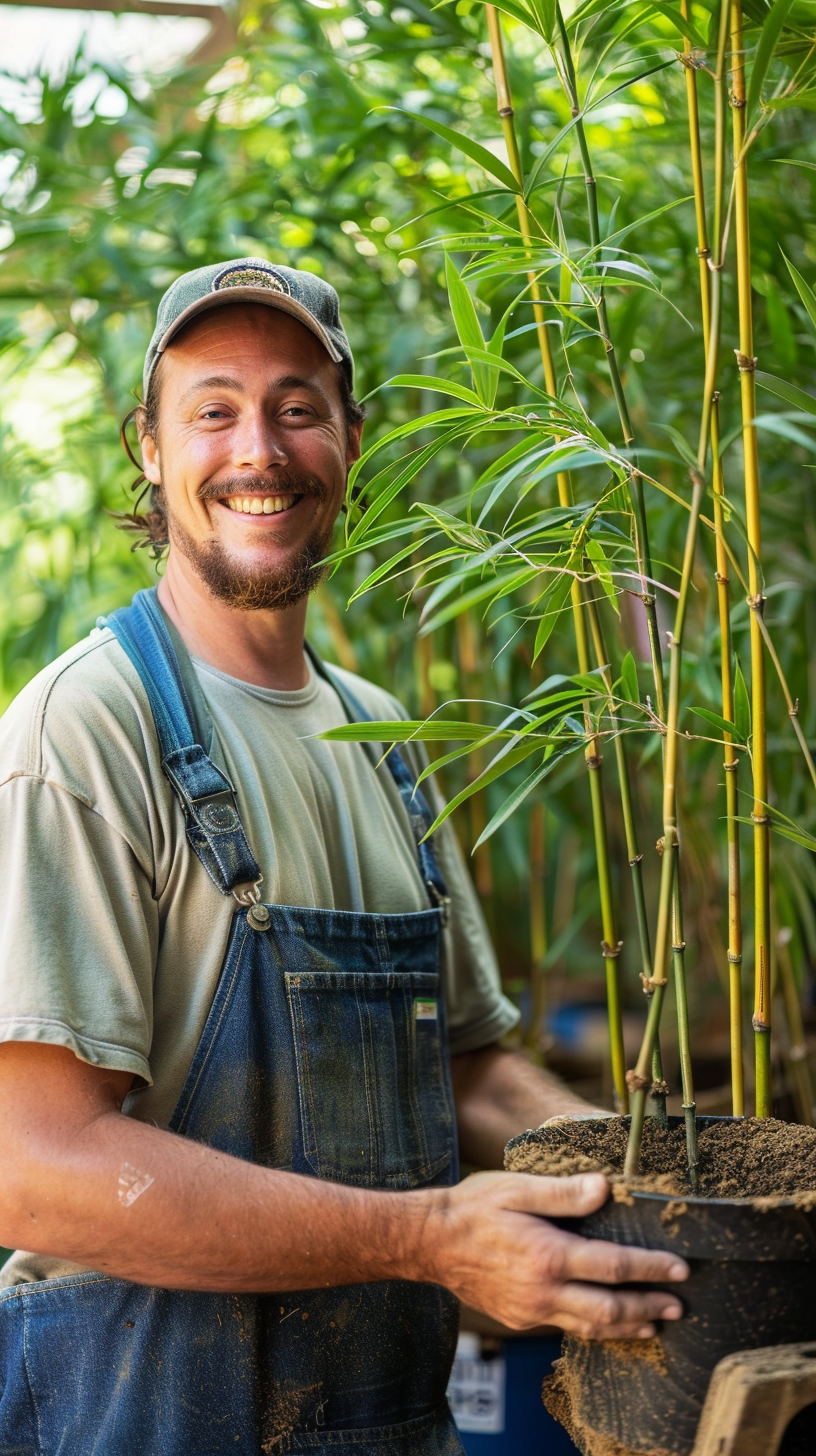
At BambooZen, we believe in offering only highest quality bamboo plants and garden supplies to our customers

Our dedicated customer service team is always available to assist you with any questions or concerns you may have. Contact us today for exceptional service.

Sorry, only local pick-up available. We aim for efficient options and are evaluating our delivery methods. Thanks for your support.